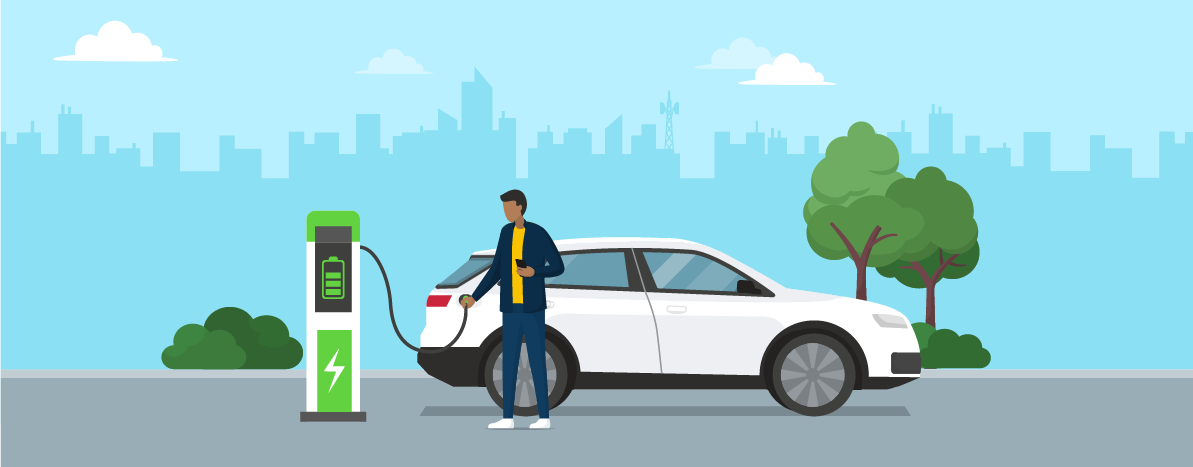To address the challenges of rising gas prices, climate change, and dwindling fossil fuel resources, policymakers point to electrification as a potential solution. The transportation sector in particular exhibits great promise to reduce negative externalities and change the way people live and work.
Electric Vehicles (EVs) show increased energy efficiency compared to traditional internal combustion engine vehicles. They produce nearly 75% fewer carbon emissions and other pollutants hazardous to human health, and they can save owners money, whether as personal or work-related means of transportation. According to a 2020 Consumer Report, EVs save car owners $800-$1,000 annually due to their high energy efficiency and lower operating costs compared to conventional fuel-consuming cars.
Many people appear reluctant to purchase an EV due to concerns about driving range and charger availability. How can EVs rival the convenience of gas stations and mileage over long trips? EV charging stations play a vital role by recharging EV batteries whose relative size and capacity can limit driving range. With charging stations made widely available across the country, EVs can drive long distances even when they cannot be recharged at home overnight.
This smart tip offers advice for building owners and organizations looking to install EV chargers.





